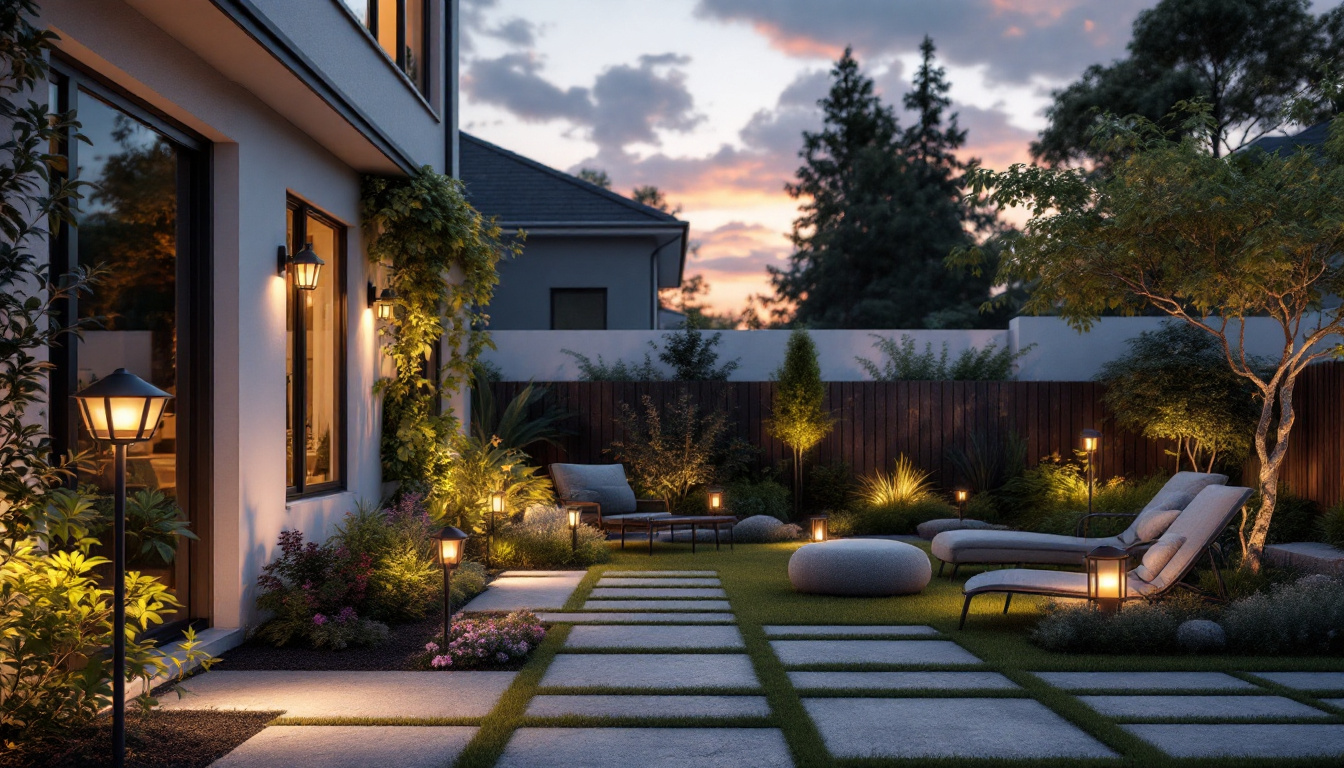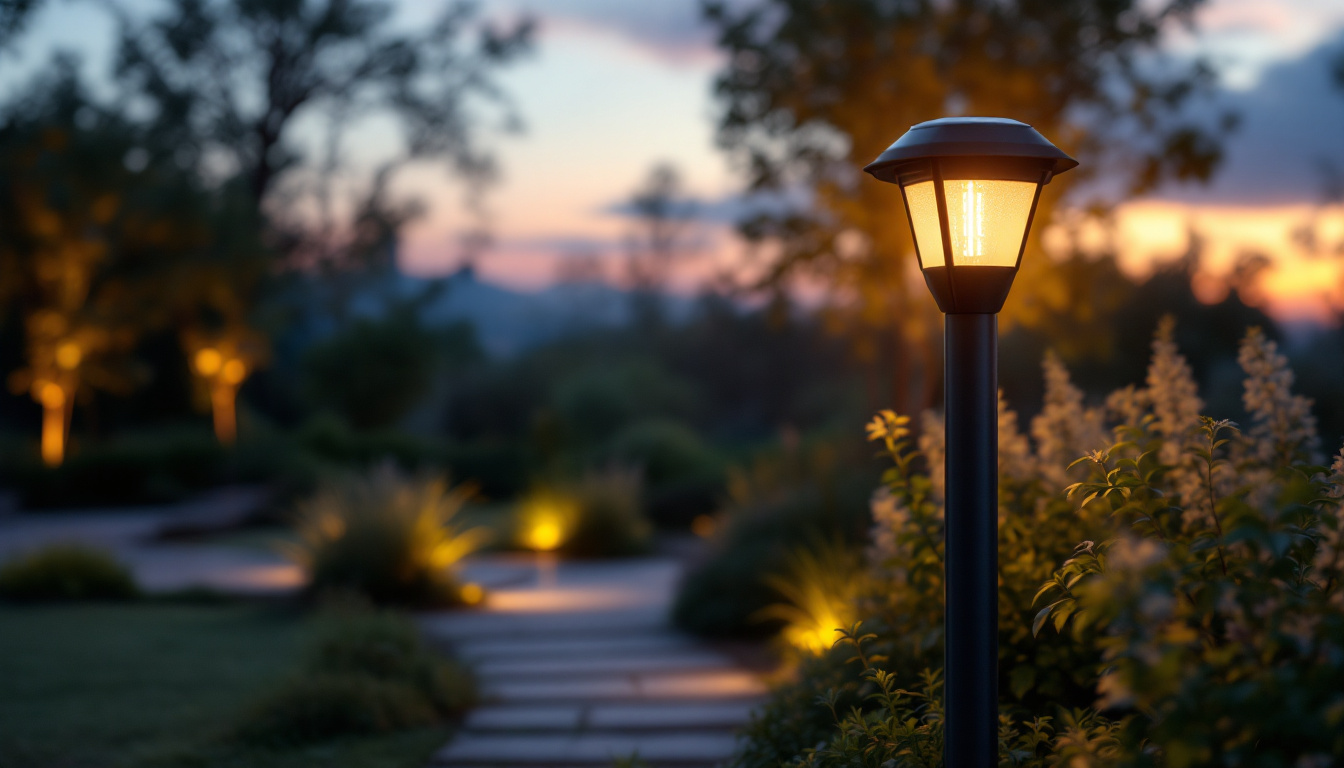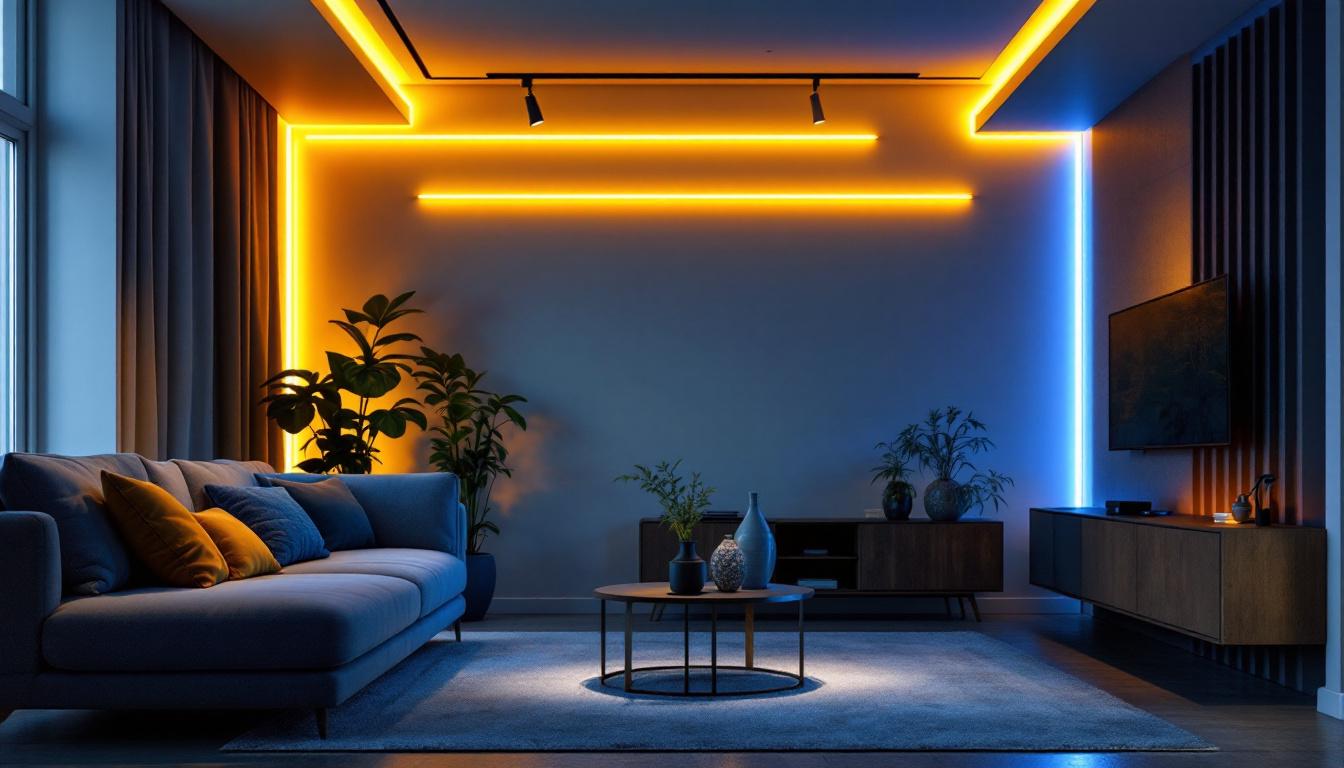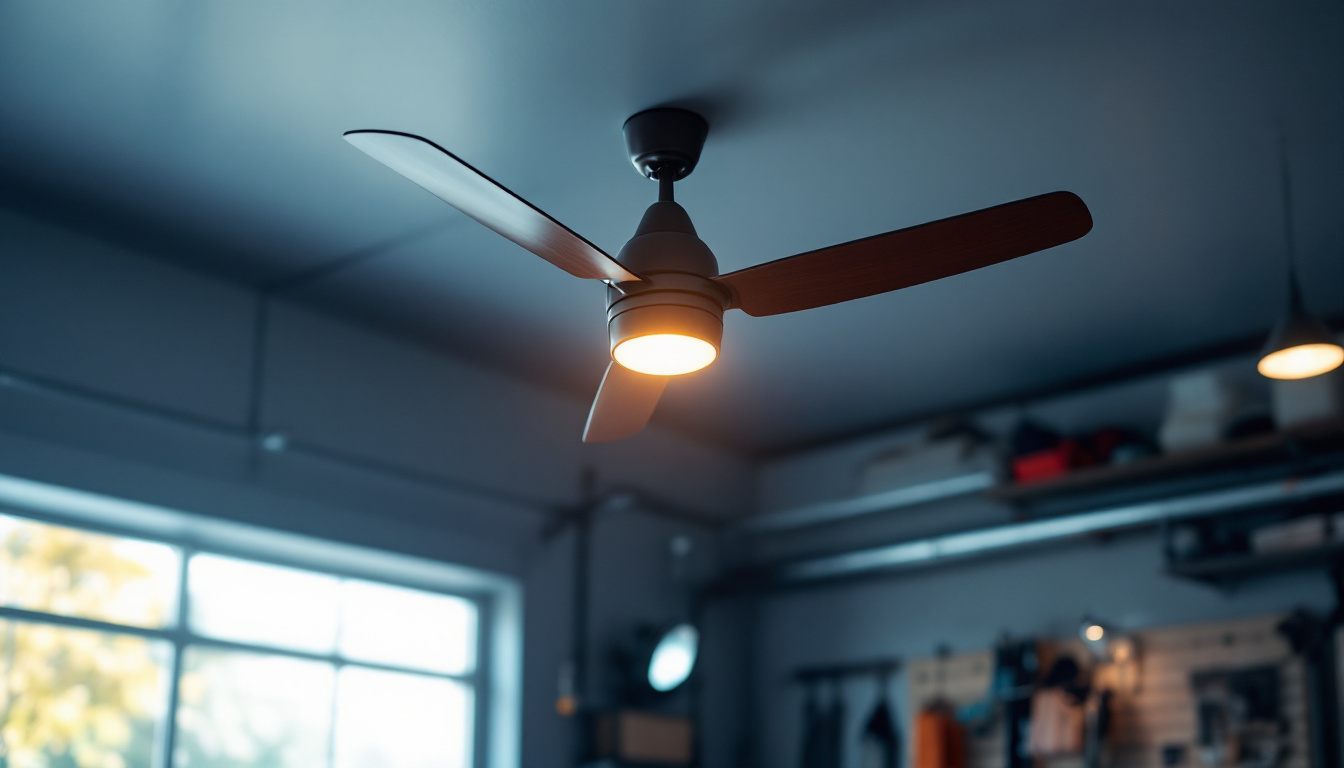
In the world of outdoor lighting, exterior yard lights play a crucial role in enhancing both the aesthetic appeal and safety of residential and commercial properties. For lighting contractors, understanding the various types of exterior yard lights, their applications, and installation techniques is essential for delivering quality service to clients. This article aims to provide a comprehensive overview of everything lighting contractors should know about exterior yard lights.
Exterior yard lights come in various styles and functionalities, each designed to serve specific purposes. Familiarity with these types allows contractors to recommend the best options for their clients’ needs.
Pathway lights are essential for illuminating walkways and driveways, ensuring safe navigation during the night. These lights typically feature low-level illumination, which can enhance the beauty of landscaping while providing necessary guidance. They come in various designs, from modern to traditional, allowing for seamless integration into any outdoor aesthetic.
When installing pathway lights, it is crucial to consider spacing and placement. A common rule of thumb is to place lights about 6 to 8 feet apart to ensure even illumination. Additionally, contractors should evaluate the brightness of the fixtures to avoid overly harsh lighting that may detract from the landscape. Solar-powered pathway lights are also gaining popularity due to their energy efficiency and ease of installation, making them an eco-friendly choice for homeowners looking to minimize their carbon footprint.
Moreover, incorporating smart technology into pathway lights can enhance their functionality. Smart pathway lights can be programmed to adjust their brightness based on the time of day or even be controlled remotely via smartphone apps. This not only adds convenience but also allows homeowners to customize their outdoor lighting experience to suit different occasions, from intimate gatherings to festive celebrations.
flood lights are powerful fixtures designed to illuminate large areas, making them ideal for security purposes. They can be mounted on walls, poles, or even trees, providing flexibility in installation. Flood lights are often used in commercial settings, but they also serve residential properties well, particularly in backyards and driveways.
When selecting flood lights, contractors should consider the wattage and beam angle. A wider beam angle is beneficial for covering larger areas, while higher wattage can enhance visibility. Additionally, integrating motion sensors can further improve security by activating the lights when movement is detected. Some advanced models even offer adjustable sensitivity settings, allowing homeowners to customize how easily the lights are triggered, which can help reduce false alarms caused by pets or passing cars.
In addition to security, flood lights can be used to highlight architectural features or landscaping elements, creating a dramatic effect at night. By strategically placing flood lights to wash the sides of a house or illuminate a garden sculpture, homeowners can transform their outdoor spaces into visually stunning environments that are both functional and aesthetically pleasing.
Wall sconces are decorative fixtures that can add elegance to outdoor spaces. Installed on exterior walls, they provide ambient lighting and can enhance architectural features. These lights are often used near entrances, patios, and decks to create inviting atmospheres.
Contractors should pay attention to the height and placement of wall sconces. Ideally, they should be installed at eye level to maximize their visual appeal while ensuring adequate illumination. Additionally, selecting weather-resistant materials will ensure longevity and performance in various weather conditions. The choice of bulb type, such as LED versus incandescent, can also impact the overall ambiance, with LEDs offering longer lifespans and lower energy consumption.
Furthermore, wall sconces can be paired with dimmer switches to allow for adjustable lighting levels, catering to different moods and activities. For instance, brighter lighting may be desired for outdoor gatherings, while softer illumination can create a cozy atmosphere for quiet evenings. By thoughtfully selecting and positioning wall sconces, homeowners can significantly enhance their outdoor living spaces, making them more functional and inviting for family and guests alike.
Proper installation of exterior yard lights is paramount for functionality and safety. Lighting contractors must adhere to several key considerations to ensure successful projects.
Electrical safety is a top priority when installing exterior yard lights. Contractors should ensure that all wiring is up to code and protected from the elements. Using weatherproof fixtures and outdoor-rated wiring is essential to prevent electrical hazards.
Additionally, contractors should be familiar with local electrical codes and regulations. This knowledge will help avoid potential fines and ensure that installations are safe and compliant. It is also advisable to use GFCI (Ground Fault Circuit Interrupter) outlets to protect against electrical shock.
The placement of exterior yard lights significantly impacts their effectiveness. Contractors should consider the layout of the property, including landscaping features, pathways, and architectural elements. Strategically placing lights can highlight features and create a cohesive outdoor design.
In terms of design, it is essential to balance functionality and aesthetics. Mixing different types of fixtures can create visual interest while ensuring adequate illumination. For example, combining pathway lights with wall sconces can enhance both safety and style.
With the growing emphasis on sustainability, energy efficiency is a vital consideration for exterior yard lights. Contractors should recommend LED fixtures, which consume significantly less energy than traditional incandescent bulbs. LED lights also have a longer lifespan, reducing the need for frequent replacements.
Furthermore, incorporating smart lighting systems can enhance energy efficiency. These systems allow homeowners to control their outdoor lighting remotely, set schedules, and adjust brightness levels. Educating clients about these options can lead to more informed decisions and increased satisfaction.
Understanding various lighting techniques can elevate the quality of outdoor lighting designs. Lighting contractors should be well-versed in these techniques to create visually appealing and functional outdoor environments.
Uplighting involves placing fixtures on the ground and directing light upward toward trees, walls, or architectural features. This technique can create dramatic effects and highlight the beauty of landscaping. Uplighting is particularly effective for showcasing tall trees or unique architectural elements.
When using uplighting, it is essential to consider the angle and intensity of the light. Aiming the light at a slight angle can create softer shadows, enhancing the overall aesthetic. Contractors should also be mindful of light pollution and ensure that the fixtures are positioned to minimize glare.
Downlighting, or moonlighting, involves placing fixtures high in trees or on structures and directing light downward. This technique mimics natural light, creating a soft and inviting ambiance. Downlighting is ideal for patios, decks, and outdoor dining areas.
Contractors should consider the height and placement of downlights to achieve the desired effect. Properly positioned fixtures can create a warm, inviting atmosphere, while also providing adequate illumination for safety and functionality.
Accent lighting is used to highlight specific features in outdoor spaces, such as sculptures, plants, or architectural details. This technique adds depth and visual interest to landscapes. Contractors can use spotlights or well lights to achieve effective accent lighting.
When implementing accent lighting, it is crucial to focus on the features that will draw attention. The intensity and color temperature of the lights should also be considered to create a cohesive look. Balancing accent lighting with ambient lighting ensures a well-lit outdoor space.
Regular maintenance of exterior yard lights is essential for ensuring their longevity and performance. Lighting contractors should educate clients on proper upkeep practices to maximize the lifespan of their outdoor lighting systems.
Over time, dirt, debris, and weather elements can accumulate on light fixtures, reducing their effectiveness. Regular cleaning is necessary to maintain optimal performance. Contractors can recommend using a soft cloth and mild detergent to clean fixtures, ensuring that they remain free from obstructions.
In addition to cleaning the fixtures, it is important to check for any signs of wear or damage. Contractors should advise clients to inspect the wiring and connections regularly, as well as replace any burnt-out bulbs promptly to maintain safety and functionality.
Seasonal changes can impact the performance of exterior yard lights. For instance, during winter, snow and ice can obstruct light fixtures, while summer storms can cause damage. Contractors should encourage clients to make seasonal adjustments, such as repositioning lights or using protective covers during harsh weather conditions.
Additionally, adjusting the timers or smart lighting systems according to daylight hours can enhance energy efficiency. Educating clients about these adjustments can lead to better performance and satisfaction with their outdoor lighting systems.
As technology advances, lighting systems also evolve. Contractors should stay informed about new products and innovations in outdoor lighting. Upgrading to more efficient systems, such as smart lighting or solar-powered fixtures, can provide clients with enhanced functionality and energy savings.
Encouraging clients to consider upgrades not only improves their outdoor lighting experience but also positions contractors as knowledgeable professionals in the industry. Offering maintenance packages that include system upgrades can further enhance client relationships and satisfaction.
Exterior yard lights are an integral part of outdoor spaces, providing safety, security, and aesthetic appeal. For lighting contractors, understanding the various types of exterior lights, installation techniques, and maintenance practices is essential for delivering exceptional service. By staying informed about trends and innovations in outdoor lighting, contractors can create beautiful and functional outdoor environments that meet the diverse needs of their clients.
As the demand for outdoor lighting continues to grow, contractors who prioritize quality, safety, and energy efficiency will stand out in the competitive landscape. By mastering the art of exterior yard lighting, lighting contractors can ensure they remain at the forefront of the industry, providing clients with the best possible solutions for their outdoor lighting needs.
Ready to elevate your lighting projects with the highest quality exterior yard lights? Look no further than LumenWholesale, where we provide lighting contractors with spec-grade lighting products at unbeatable wholesale prices. Our extensive selection is designed to meet the highest industry standards, ensuring you deliver exceptional service and stunning outdoor environments. With free shipping on bulk orders, you can trust that you’re getting premium lighting at the best value — without any hidden fees. Don’t compromise on quality or price. Discover the best in wholesale lighting at LumenWholesale and make your next project shine.

Explore the transformative journey of solar post lanterns in the lighting industry, highlighting their eco-friendly design, technological advancements, and impact on sustainable living.

Discover how magnetic LED light strips are revolutionizing modern lighting solutions with their versatility, energy efficiency, and easy installation.
Explore the science behind WiFi smart light switches and discover how they revolutionize lighting projects for contractors.

Discover essential insights into garage ceiling fans with our comprehensive guide tailored for lighting contractors.